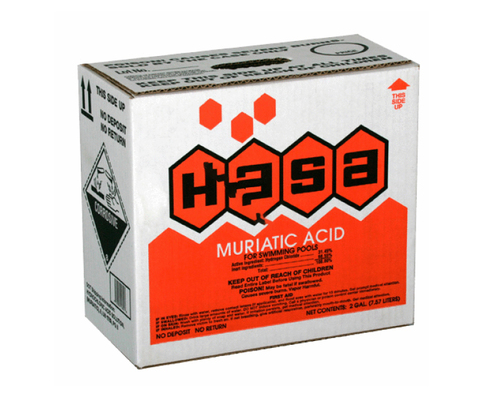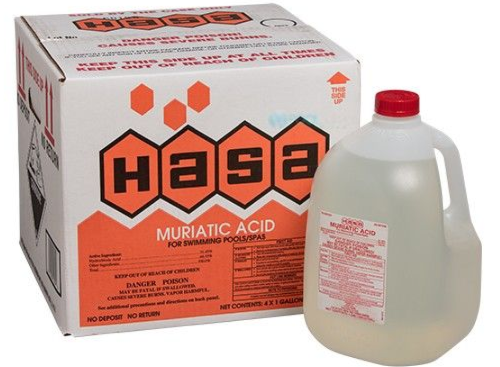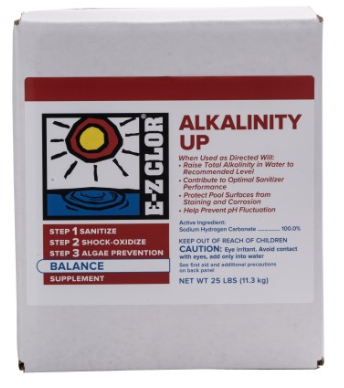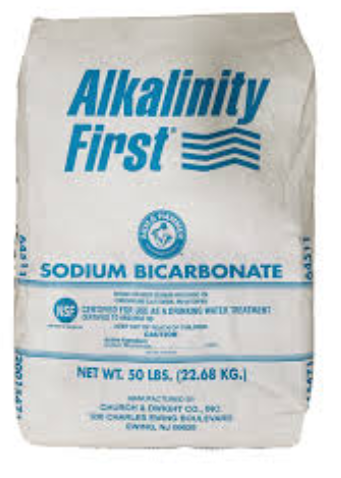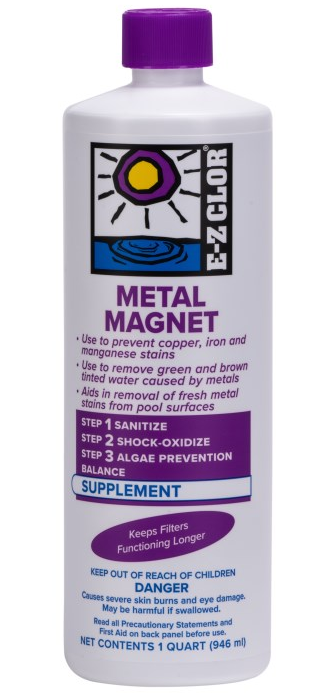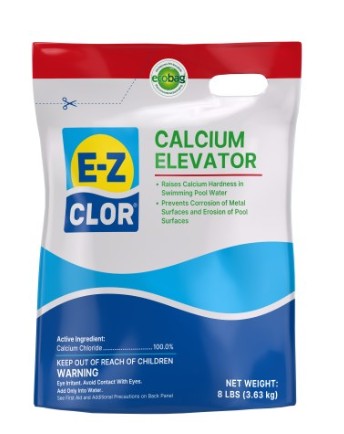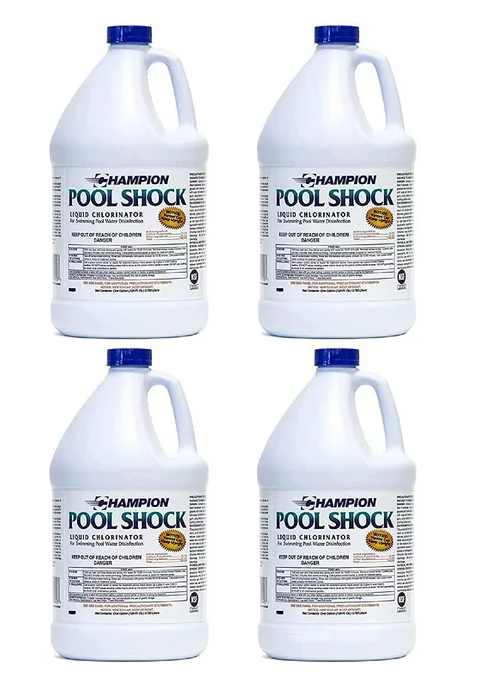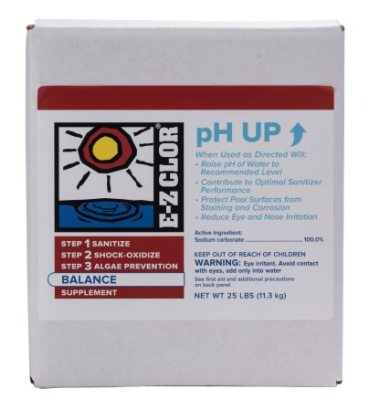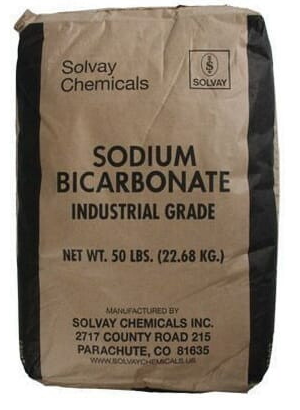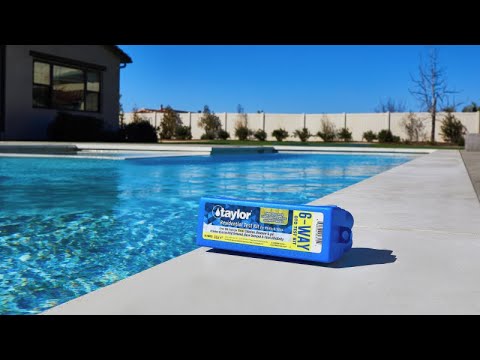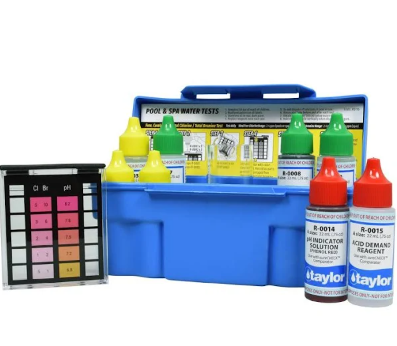Collection: Plaster Pool Start-Up
New NPT Plaster Pool Start-Up Guide
Protect your plaster, balance water, and safely sanitize.
Step 1: Fill the Pool
-
Fill slowly with fresh water.
-
Avoid adding chemicals directly to an empty pool.
Step 2: Pre-Fill Water Test (Optional)
-
Test for pH, Total Alkalinity (TA), Calcium Hardness (CH), and metals (iron, copper).
-
Adjust extreme readings before circulation.
Step 3: Initial Chemical Adjustment (Before Circulation)
| Chemical | Target Range | Purpose |
|---|---|---|
| Calcium Chloride | 200–400 ppm | Protect plaster from etching |
| Sodium Bicarbonate | 80–120 ppm | Stabilize alkalinity |
| pH Adjuster (Muriatic Acid or Soda Ash) | 7.2–7.6 | Protect plaster surface |
| Sequestering Agent (optional) | As directed | Prevent metal staining |
Tip: Add chemicals slowly, let them dissolve, then start circulation.
Step 4: Start Circulation
-
Run pump and filter continuously 24 hours.
-
Check water flow and filter operation.
Step 5: Gradually Sanitize
-
After 24 hours, add chlorine slowly.
-
Free Chlorine (FC) initial target: 1–3 ppm.
-
Avoid heavy shock dosing in the first week.
Step 6: Daily Monitoring (First 7–14 Days)
-
Test: pH, TA, CH, FC daily.
-
Adjust slowly—no sudden large changes.
-
Keep within safe ranges:
-
pH: 7.2–7.6
-
TA: 80–120 ppm
-
CH: 200–400 ppm
-
FC: 1–3 ppm
-
Step 7: Plaster Curing Period
-
Full cure ~28 days.
-
Maintain circulation, water balance, and gentle sanitization.
Step 8: After Curing
-
Normal ranges:
-
pH: 7.4–7.6
-
TA: 80–120 ppm
-
CH: 200–400 ppm
-
FC: 2–4 ppm
-
-
Begin regular maintenance: weekly testing, chlorination, occasional shock.
Quick Reference: New Plaster Water Targets
| Parameter | Ideal Range |
|---|---|
| pH | 7.2–7.6 |
| Total Alkalinity (TA) | 80–120 ppm |
| Calcium Hardness (CH) | 200–400 ppm |
| Free Chlorine (FC) | 1–3 ppm (first 2 weeks) |
✅ Tips:
-
Avoid large swings in water chemistry early.
-
Add chemicals slowly and dissolved.
-
Consider metal sequestrants if fill water contains metals.
-
Daily monitoring is crucial for plaster protection.
-
HASA® MURIATIC ACID 31.45%
Regular price From $45.00Regular priceUnit price / per -
Alkalinity Up
Regular price From $55.00Regular priceUnit price / per -
E-Z CLOR Metal Magnet
Regular price From $40.00Regular priceUnit price / per -
Calcium Elevator
Regular price From $15.00Regular priceUnit price / per -
Pool Liquid Chlorine - Disposable 12.5%
Regular price $55.00Regular priceUnit price / per -
Taylor test kits
Regular price From $40.00Regular priceUnit price / per

